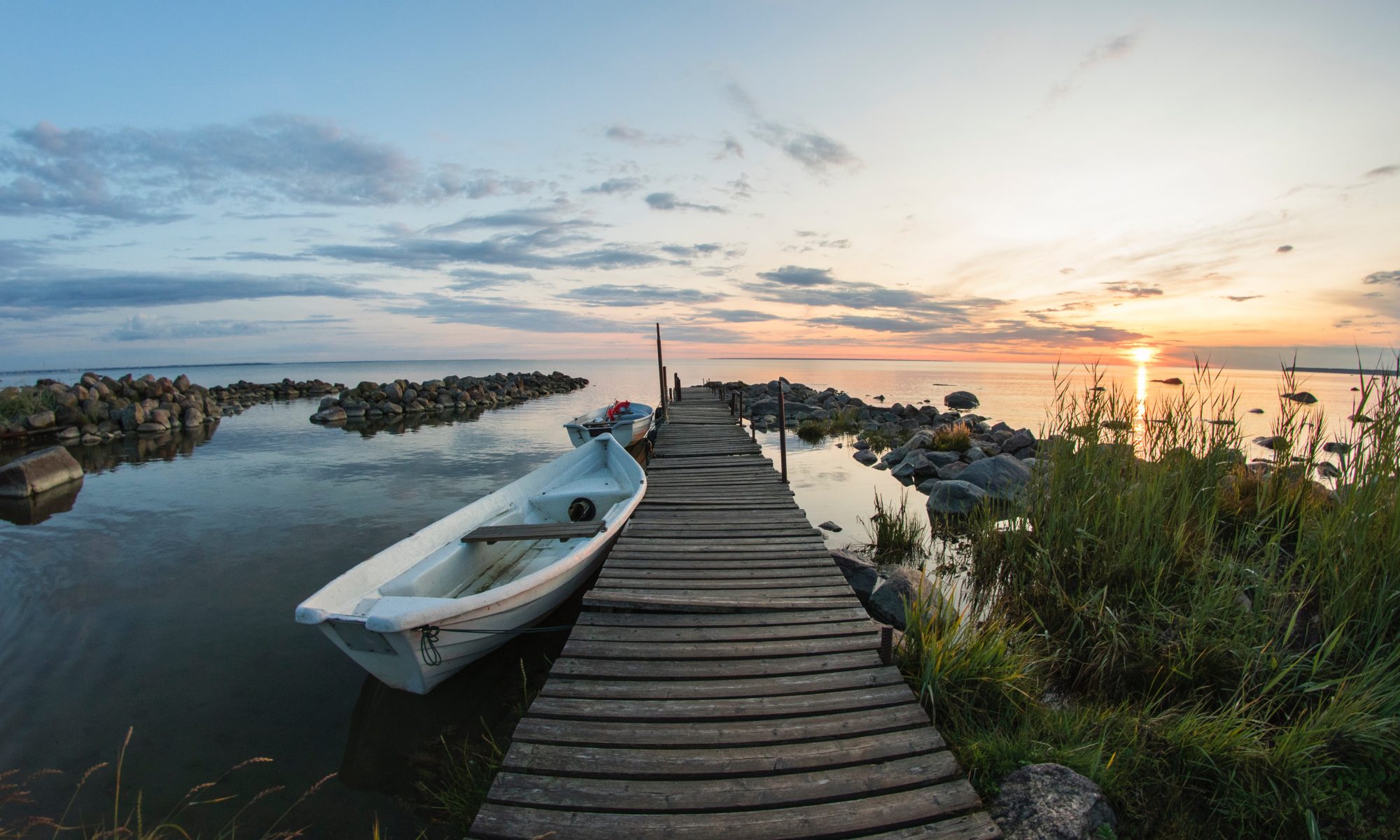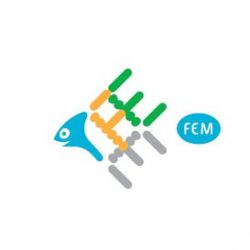By Tuuli Parviainen

On December 18th, 2019 at the World Maritime University (WMU) in Mälmö, Sweden the BONUS BALTIMARI project hosted a one-day workshop, titled “From Research to Practice.” This blog post summarizes some of the thoughts and remarks made by the workshop participants and highlights the important role of knowledge brokers in integrating different forms of knowledge and bringing the worlds of science and policy-making closer together.
BONUS BALTIMARI “From Research to Practice” Workshop
Global trade relies on maritime transport. However, the environmental impacts of shipping are significant and include, for example, air pollution, sewage discharges from passenger ships, invasive species transported in ballast water or on hulls, and the risk of large-scale accidents, like oil spills. The shipping industry is also responsible for approximately two percent of global greenhouse gas emissions.
The EU BONUS BALTIMARI project’s (2019-2020) intent is to provide a review of the state-of-the-art risk management strategies for maritime activities, including shipping, in the Baltic Sea.
The purpose of the BONUS BALTIMARI “From Research to Practice” workshop at WMU was to understand and improve the efficacy of science communication between the research community and Baltic maritime risk management groups and their adoption of research results. The participants included researchers from different domains, maritime administrators from Baltic Sea countries, as well as industry stakeholders. The presentations and discussion sessions focused on the barriers to science communication and the adoption of scientific findings, as well as best practices to support the use of science in practice.
Researchers and End-Users are “Worlds Apart”
Research helps both researchers and end-users gain a deeper understanding of the risks maritime transport poses and contributes to effective planning and risk management. However, the way research is used by practitioners, administrators, or industry members is not always linear or straightforward in reality. Several barriers often limit knowledge transfer, including differing objectives, needs, scopes, priorities, and institutional settings, as well as the lack of common language, e.g. common definitions of key terms or understanding of the potentially different definitions.
The main challenges identified by the workshop participants were, perhaps unsurprisingly, time and money. For example, administrators or policy-makers rarely have time to keep up with scientific work, read scientific papers, or participate in scientific seminars. In addition, many participants pointed out that research must be timely and meet end-users’ needs. Researchers frequently carry out their projects and only afterward stop to consider the needs of the potential end-users, which one of the participants referred to as the “we hope they will use it” – mentality. Clearly, this is an ineffective strategy for improving risk management. Instead, as many suggested, research should be linked to the policy from the start. The participants also noted that researchers rarely understand how policy-making works, know the relevant regulations, or the current state of policy processes, like changes in legislation, etc. Practitioners and policy-makers, on the other hand, are not well aware of researchers’ work. In summary, the researchers’ and end-users’ work is currently “worlds apart”.
“Collaboration, Collaboration, and Collaboration Is the Key”
How could we overcome these barriers and challenges? Collaborate. However, the academic world does not always support collaboration outside the university environment. To promote collaboration, we again need money and time, as well as commitment and communication. For example, building trust between collaborators, which is essential for all successful partnerships, can take years. Unfortunately, project-based academic research does not always allow enough time for fostering meaningful relationships between different stakeholders and developing trust and a common language. More flexibility in projects could allow for a wider range of stakeholders to participate in the research process. Further, ideas, like, exchanging the citation index for an uptake index as a measure of achievement were thrown around. Industry’s role was also seen as essential – industry stakeholders should be involved from the beginning in research projects, especially when it comes to research that “we need to get right the first time around”, e.g. research into methods for reducing greenhouse gas emissions.
On the positive side, there have already been a few successful examples of collaborative projects. For example, the participants mentioned the “Clean Shipping Project Platform” (https://cshipp.eu/) or the Swedish Finnish Maritime Collaboration “Fairway Forward” (https://www.finnishmaritimecluster.fi/fairway-forward-a-new-collaboration-between-the-finnish-and-swedish-maritime-clusters/).
Similarly, the new regulations to control nitrogen oxide and sulfur oxide emissions (introduction of NECAs and SECAs in the Baltic Sea), and the Baltic Sea sewage discharge regulations (http://www.imo.org/en/OurWork/Environment/PollutionPrevention/Sewage/Pages/Default.aspx) were described as powerful examples of how research has contributed to the development of new environmental regulations.
The Role of Knowledge Brokers in Knowledge Transfer
The discussions during the workshop indicated that single-disciplinary knowledge or expertise is not sufficient to inform risk assessment and management decisions. Indeed, the importance of transdisciplinary science and collaborative risk management and governance is increasingly emphasized in scientific literature, especially when risks are complex, uncertainty is high and there are different understandings and perceptions of the risks.
Toward the end of the workshop, the role of knowledge brokers was mentioned. Knowledge brokers can be, for example, organizations, individuals or even scientific models. Scientific models that help “translate” research into practice are referred to as boundary objects. Typically, these types of models are built using participatory methods, which include stakeholders in defining, for example, research questions or the model structure. This approach can help to improve and support trust and communication, and, ultimately, the collaboration between stakeholders. Thus, participatory models integrate different types of knowledge from different disciplinary domains and different sources, i.e. traditional or local knowledge, which could contribute to the establishment of a comprehensive picture of multi-layered risks and promote knowledge transfer. In sum, knowledge brokers could provide a vital link between knowledge producers and knowledge users in maritime risk management.
This work resulted from the BONUS BALTIMARI project, supported by BONUS (Art 185), funded jointly by the EU, the Academy of Finland, the Swedish Research Council Formas, the Polish National Centre for Research and Development, and the Estonian Research Council.
Find out more about the BONUS BALTMARI project at https://www.aalto.fi/en/department-of-mechanical-engineering/bonus-baltimari
Tuuli is a member of the University of Helsinki’s MARISK research group https://www.helsinki.fi/en/researchgroups/marine-risk-governance

